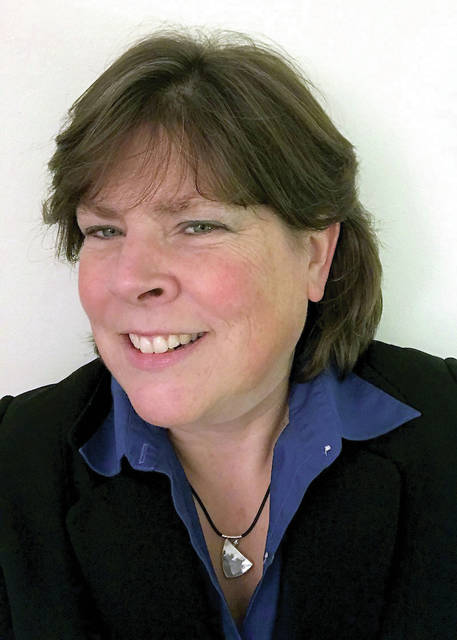
On the first day of spring, I felt so down and (still) isolated that I knew I had to get outside if I could muster the energy. Even the beautiful, sunny day didn’t motivate me much. So I forced myself into the car and drove to a Delaware County Preservation Parks location, one I hoped wasn’t populated by throngs of people. I had my mud boots on and my little camera, just in case something interesting showed up.
First impressions: The peepers deafened me with outrageously delightful chorus of mating calls. Trees still stood stark, brownish-gray. A downy woodpecker made her nesting hole in a dead tree, with escape hole 90 degrees away and 6 inches higher. Occasionally, spurts of greenery emerged from the forest floor, but only in the sunny spots. Minuscule signs of spring peeked out — “is it safe yet?”— but only the bravest showed their intentions.
I walked a long, very slow circle around the park, choosing less-traveled trails despite the muck and messiness of winter-recovery. Or perhaps because of them. I thought about the world of COVID-19: the muck and messiness of human beings polarizing, loss of civility, horrifying news cycles, isolation, illness, death, denial of illness and death, increased medicating, and desperation. I thought of flying accusations, death threats, struggles to make a living, and mixed-signals even within families.
Such thoughts didn’t align with the beautiful day. I tried to shake myself out of them, but had been in a negative spiral for a while. It occurred to me when I heard a red-wing black bird calling in her raspy trill that perhaps this thought process was appropriate (at the time) for upcoming Christian Holy Week. “Good” Friday is full of violence, accusation, confusion, despair, whether the sun shines brightly or not. It was a highly-charged political day 2,000-plus years ago, with Romans and Jews intermingling in the plot to eliminate a dangerous leader of a new movement in Judaism. Jesus was found guilty by popular vote of expanding the understanding of Jewish law beyond what was acceptable interpretation and practice at the time (at least that’s what the public story became). Change indeed usually invites backlash if someone fears losing power. Grief. Death. Then the Christian cycle moves to Holy Saturday, the waiting day, the liminal space where we let go of our understandings and wonder what comes next. Is it ever going to be safe again?
COVID-19 times have felt a lot like Holy Week: a long, slow trudge through the muck and messiness, punctuated with occasional silver linings. We have cautious hope as we watch the horizon, with vaccines available and people emerging from winter shelters into fresh air and light. The to-mask or not-to-mask debate rolls on, people impatient to find freedom of breath. Yet, Holy Week teaches us to hold steady, even when we can’t seem to stand it one more minute, because ultimately there will be a change — for the better.
Holding on to the promise of hope, even in the midst of death and destruction, isn’t a new message, nor is it unique to religion. Nature shows us this promise every single year. The wisdom of the cycles and the teachings all around us have been ignored for a long time as we obsess about the human condition rather than the overarching web of all life.
The day of my walk, I was able to let go of my focus on the muck and return to my better self, my semi-hopeful self in the midst of mixed signals. Why? Nature entered my Good Friday mindset and stirred it up. The unbelievably early butterfly who crossed my path stopped me in my tracks. Where did you come from? Is it safe for you yet? You could freeze at night! The butterfly circled me once and carried on.
Easter is coming. Relief is coming. Pay attention. No camera needed.


